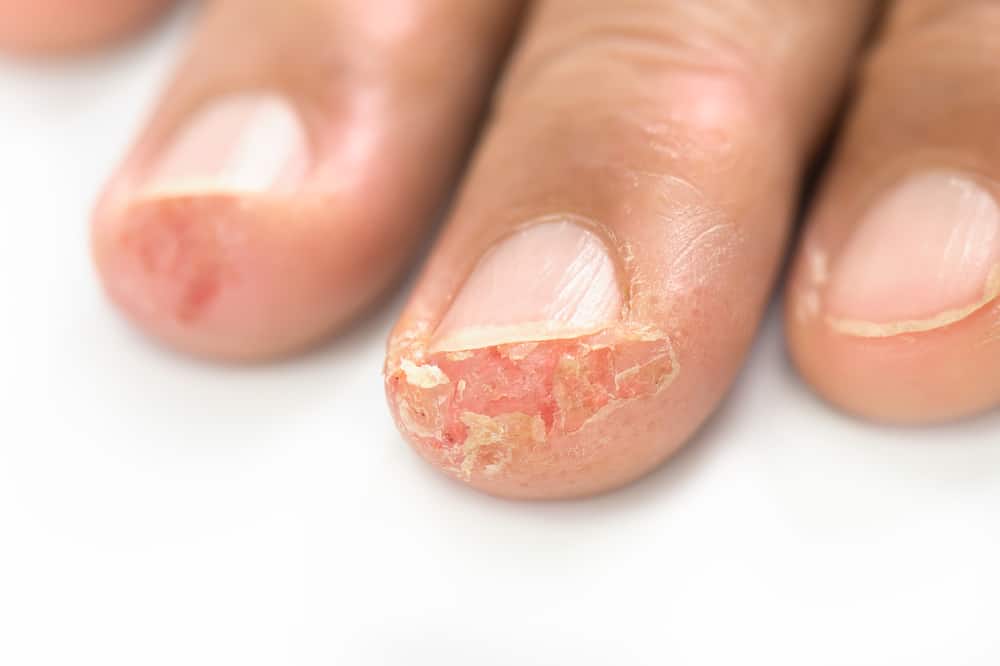Contents:
Medical Video: Biophysical Profile Made Simple
Definition
What is a biophysical profile?
A biophysical profile test is a test to measure the health of your baby (fetus) in the womb. Biophysical profile tests include non-stress tests performed with fetal heart electronic monitors and ultrasound. Biophysical profiles measure a baby's heart rate, muscle shape, movement, breathing, and the amount of amniotic fluid around your baby.
Biophysical profiles are generally carried out in the final trimester of pregnancy. If there is a possible problem with your baby during pregnancy (high-risk pregnancy), a biophysical profile can be done at week 32-34 or faster. Women with high-risk pregnancies can do biophysical profile tests every week or twice a week in the third trimester.
When do I have to undergo a biophysical profile?
Mothers and babies who need special medical care and attention need more biophysical profiles. This test is to check the health of your baby. Some of the reasons for testing biophysical profiles are:
- diabetes
- high blood pressure
- little babies or babies don't grow well
- past the delivery deadline
- too much or too little fluid around the baby
Biophysical profile tests are usually carried out once or twice a week. You will be made an appointment for the next test.
Prevention & warning
What should I know before undergoing a biophysical profile?
Biophysical profiles include non-stress tests with fetal heart electronic monitors and ultrasound. Many tests, such as contraction stress tests, can be recommended if your test results are abnormal. If there is a possible problem with your baby during pregnancy (high-risk pregnancy), a biophysical profile can be done every week or twice a week for the last 12 weeks of your pregnancy. A biophysical profile can be done after you experience an incident such as a fall or a car accident. Your doctor will recommend many tests during the rest of your pregnancy.
Process
What should I do before undergoing a biophysical profile?
Usually it does not require special preparation for testing biophysical profiles. Ultrasound is sometimes done when the bladder is full, but this rarely happens. If so, you will be asked to drink water or other fluids just before the test is done so as not to urinate before or while doing the test. Usually tests on pregnant women in the third trimester do not need a full bladder.
If you smoke, you will be asked to stop smoking for 2 hours before an external monitoring test is done because smoking reduces your baby's activity.
How is the biophysical profile processed?
Non-stress tests
External fetal heart monitoring will record your baby's heartbeat while moving and not moving. This is usually done before fetal ultrasound.
External monitoring is done using two devices (sensors) that are placed on top of the elastic belt on your stomach. One sensor reflects the results (USG) of your baby's heart rate. Other sensors measure the duration of your contractions. The sensors are connected to the machine that records information. Your baby's heart rate can sound like a 'beep' or it appears on the chart.
If your baby moves or you contract, you can be asked to press a button on the machine. Your baby's heart rate is recorded and compared to record your movements or contractions. This test is usually done for 30 minutes.
Ultrasound of the Fetus
Usually you don't need to take off your clothes for an ultrasound test, you can lift your shirt or lower your pants or skirt. If you wear a dress, you will be given a shirt or paper as a cover to use during the test.
You may need a full bladder. You can be asked to drink 4-6 glasses of liquid, usually juice or water, about an hour before the test. A full bladder helps bring sound waves and pushes the intestines out of the uterus. This makes the ultrasound image clearer.
You will not be able to urinate until the test ends. Tell the ultrasound expert if you can't stand the urge to urinate until it causes pain.
If an ultrasound is done at the end of pregnancy, a full bladder is not needed. A fetus that has grown large will push the intestines out.
You will lie on your back on the examination table. If you are short of breath or winking on your back, your upper body needs to be raised or you need to change positions. A gel will be applied to your stomach.
A small handheld device called a transducer will be pressed on the gel over your skin and move throughout your stomach several times. You can see the monitor to see your fetus during the test.
What should I do after undergoing a biophysical profile?
When this test is complete, the gel is cleaned from your skin. You can urinate immediately after this test is done. Abdominal ultrasound takes around 30-60 minutes.
An ultrasound officer is usually trained in showing the fetus in your womb, but he cannot tell you whether your fetus looks normal or not. Your doctor will provide this information to you after an ultrasound image has been examined by a radiologist or perinatologist.
Explanation of Test Results
What do the test results mean?
A score of 8-10 points means your baby is healthy. Score 6-8 points means you need a retest in 12-24 hours. A score of 4 or less can mean your baby has a problem. Further tests will be recommended.
| Biophysical profile | ||
| Measurement | Normal (2 points) | Abnormal (0 points) |
| Non-stress tests | Increase heart rate twice or more, from at least 15 beats per minute. Each increase lasts 15 seconds or more and is visible with movement. | Only 1 time the heart rate is detected, or the heart rate does not increase more than 15 beats with movement. |
| Breathing Movement | 1 or more breathing movements for at least 60 seconds. | The breathing movement is less than 60 seconds, or does not appear to breathe. |
| Body movement | 3 or more movements in the hands, feet, or body | Less than 3 movements in the hands, feet, or body |
| Muscle size | The function of the muscles of the hands and feet has worked and the head rests above the chest. Visible 1 or more extensions and muscle movements, such as hands opening or closing. | The fetus stretches the body slowly and returns to its original position only halfway. The fetus stretches the body but cannot return to its normal position. Open arms, legs or spine, or open arms. |
| Amniotic fluid volume (amniotic fluid index) | One or more amniotic fluid sacs are seen in the uterus, each at least 1 cm wide and long. The amniotic fluid index is between 5 cm and 24 cm. | Not enough amniotic fluid is seen in the uterus. |
Hello Health Group does not provide medical advice, diagnosis or treatment.











